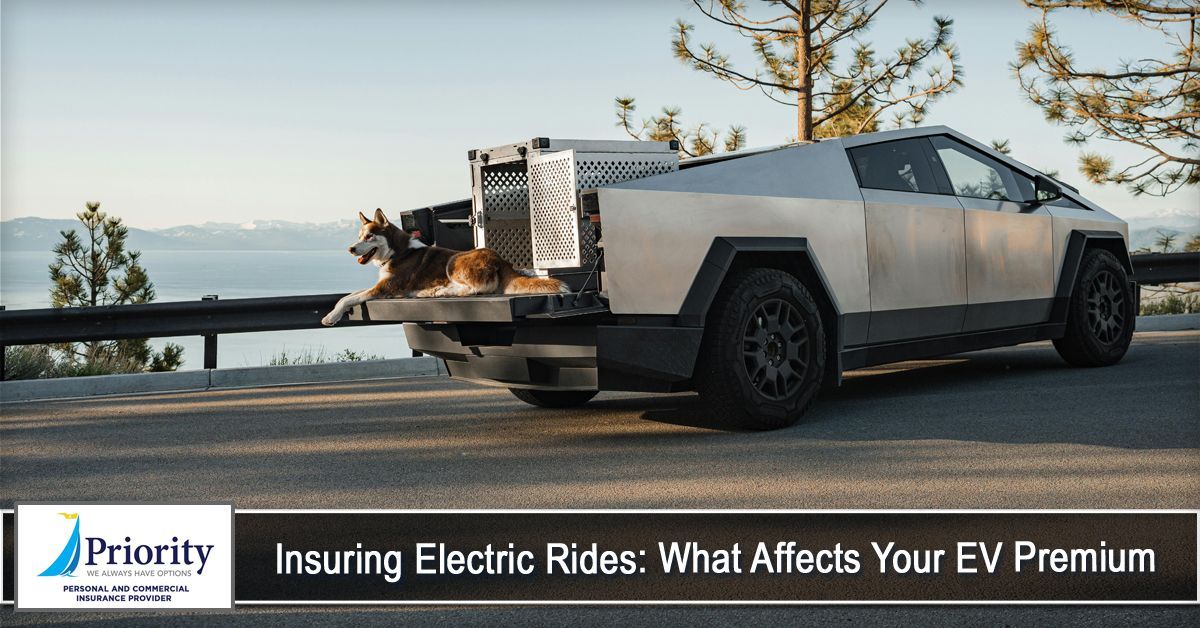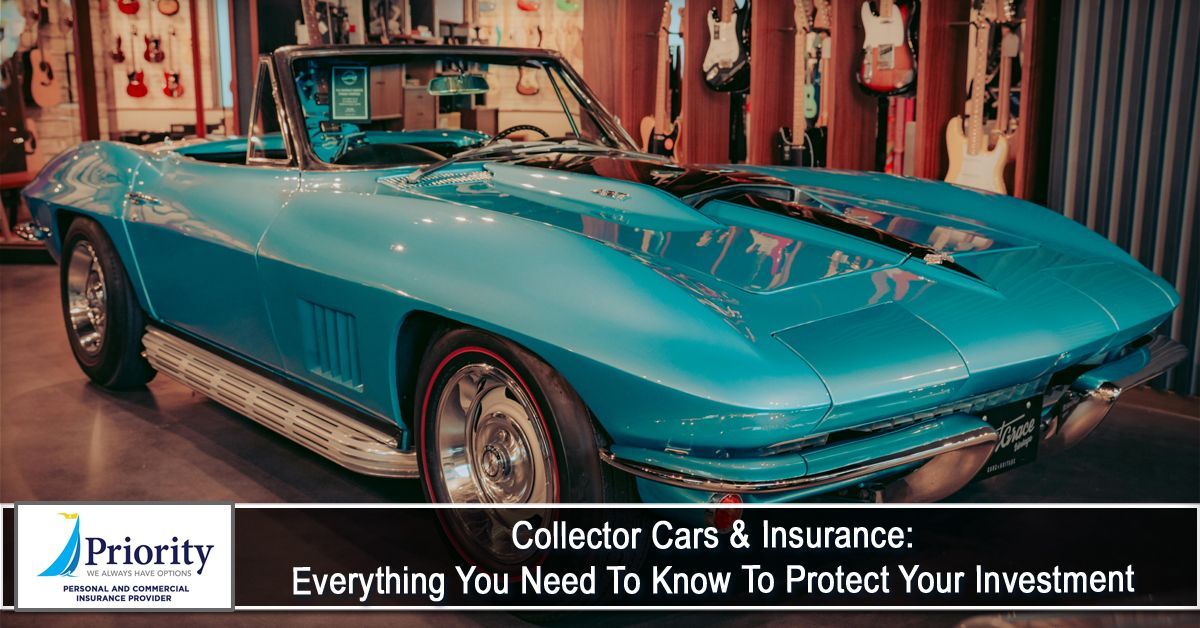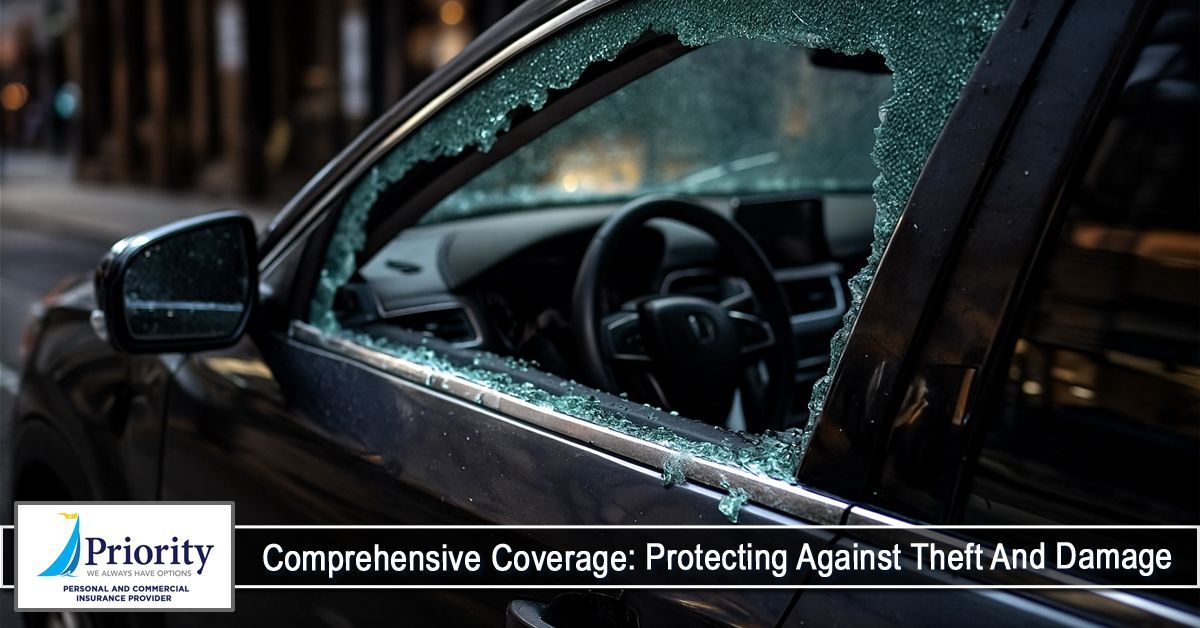
Electric vehicles (EVs) have surged in popularity, thanks to their sustainability, cutting-edge technology, and long-term savings on fuel and maintenance. But while EVs offer plenty of perks, one question many new owners face is: Why is my insurance premium higher than for a gas-powered car?
Whether you drive a Tesla, a Rivian, or a Chevy Bolt, understanding how EV insurance works—and what factors influence your premium—can help you save money and make smarter decisions about your coverage.
Why Auto Insurance Is Essential—Especially for EV Owners
Auto insurance protects you financially if you're involved in an accident, your car is damaged, or someone files a liability claim against you. For electric vehicle owners, having proper insurance is even more important due to:
- High repair costs: EVs often have more expensive parts and require specialized mechanics.
- Battery replacement risks: Damage to the battery pack—often the costliest part of an EV—can lead to substantial claims.
- Advanced tech: Sensors, cameras, and ADAS systems raise both the cost and complexity of repairs.
- Increased theft risk: Some EVs (like catalytic converter-free hybrids) are still targets for high-tech theft schemes.
In short: Auto insurance for EVs is more than a legal requirement—it's a critical layer of financial protection.
What Affects the Cost of EV Insurance?
Here are the top factors that influence your electric vehicle premium:
1. Vehicle Make and Model
Luxury EVs like Teslas or Lucid Airs cost significantly more to insure than compact EVs like the Nissan Leaf.
- High-end models = higher value = bigger claims
- Advanced tech = higher repair costs
Even small differences in model trim can affect your rate.
2. Battery Replacement Cost
The battery is the most expensive component of an electric vehicle. If damaged, replacing it can cost anywhere from $5,000 to $20,000+, depending on the brand and size.
- Some insurers factor battery costs into premiums.
- Policies may exclude or limit coverage on battery-related incidents—always read the fine print.
3. Repair and Parts Availability
EV repairs often require specialized shops and brand-specific parts, which can delay claims and increase repair costs.
- Tesla, for example, has proprietary parts and approved repair centers, raising overall insurance costs.
- Delays in parts availability may result in longer rental car needs—another cost your insurer must consider.
4. Driving History & Location
Like all cars, insurers evaluate your driving record, ZIP code, and annual mileage.
- Urban areas with higher accident rates = higher premiums
- States with EV incentives may also influence insurance competition and pricing
5. Coverage Type & Limits
The more protection you choose, the higher your premium. Key EV coverages include:
- Collision and Comprehensive: Essential for damage, theft, weather, and vandalism
- Uninsured/Underinsured Motorist: Especially important in areas with low insurance compliance
- Gap Coverage: Highly recommended for EVs due to rapid depreciation in early ownership
6. Charging Equipment Coverage
Home charging stations are often not covered under auto insurance unless added as a rider or covered under a homeowners policy. Some insurers now offer specific endorsements for EV chargers and related equipment.
How to Lower Your EV Insurance Premium
- Bundle policies – Combine with home or renters insurance for discounts.
- Increase your deductible – But only if you can afford the out-of-pocket cost.
- Use telematics – Some insurers offer discounts for good driving tracked via apps or plug-in devices.
- Ask about green discounts – A few companies offer discounts for eco-conscious vehicles.
Bonus: What’s Next for EV Insurance?
As electric vehicles become more mainstream, insurers are adapting by:
- Developing EV-specific underwriting models
- Offering usage-based insurance (UBI) for low-mileage EV drivers
- Partnering with automakers for built-in insurance at purchase (e.g., Tesla Insurance)
Expect more personalized and competitive options as the EV market grows.
Final Thoughts
Electric vehicles may be the future of driving, but insuring them requires a different approach. By understanding what drives your EV insurance premium and what coverage options are most critical, you can better protect your investment—and potentially lower your costs over time.
Drive smarter. Insure wiser. And don’t let your EV ride unprotected.
At Priority Insurance LLC, we put our clients first by offering them policies that they can afford. Having insurance is a necessity nowadays, and we're here to help you out. Learn more about our products and services by calling our agency at (864) 297-9744. You can also request a free quote by CLICKING HERE.
Disclaimer: The information presented in this blog is intended for informational purposes only and should not be considered as professional advice. It is crucial to consult with a qualified insurance agent or professional for personalized advice tailored to your specific circumstances. They can provide expert guidance and help you make informed decisions regarding your insurance needs.











